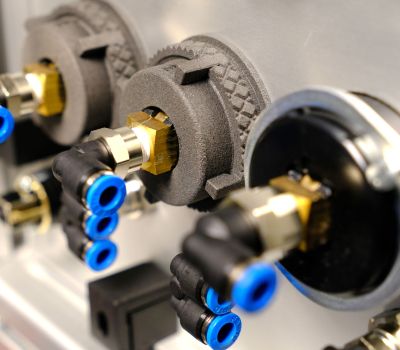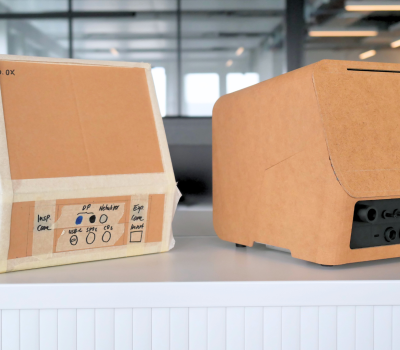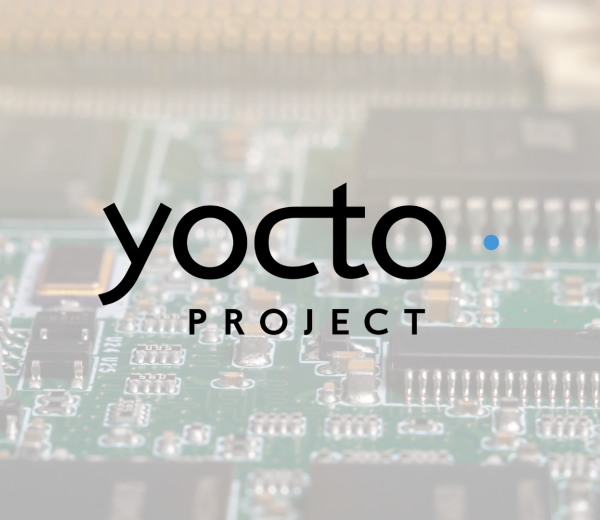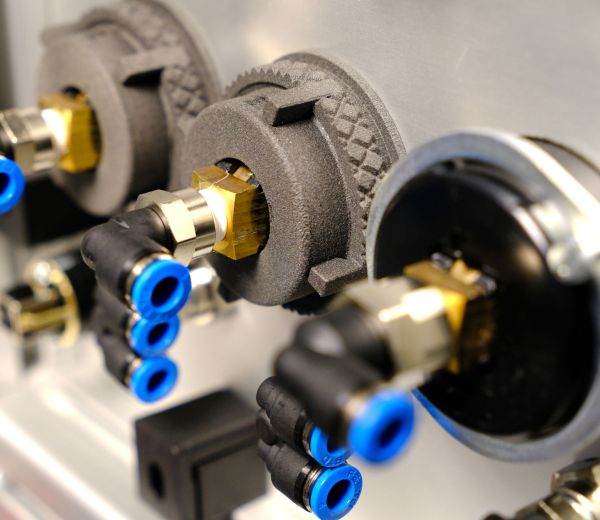

Reading time
2 Minutes
Published
UX and usability in medical technology: success factor for safe and efficient products
Usability and user experience (UX) play a crucial role in medical technology. Devices that are intuitive to use reduce errors, increase patient safety and improve the efficiency of medical professionals. But what challenges exist when designing UX in medical technology and how can manufacturers overcome them? This article highlights the key aspects of usability and UX and presents practical solutions.
Insight in Brief
This article deals with the following topics:
- Regulatory requirements: ISO 62366-1 requires a systematic usability analysis for medical devices.
- Error minimization: Intuitive operating concepts reduce the risk of operating errors and improve patient safety.
- Increased efficiency: Well-designed UX accelerates workflows and increases productivity in medical facilities.
- Practical methods: Usability tests, user studies and iterative design processes are essential for an optimal UX.
- Efficient prototyping: Early prototyping enables rapid user testing and iterative optimization.
Introduction
The development of medical devices places special demands on usability and UX. In contrast to consumer goods, medical devices often have to be safe to use under stress and time pressure. They are also subject to strict regulatory requirements. A poor UX can have serious consequences: Operating errors can put patients at risk, inefficient workflows cost valuable time and high training costs increase operating costs. Manufacturers must therefore focus on user-centered development at an early stage to ensure safe and effective products.
UX and usability in the context of medical technology
1. Regulatorische Framework
The ISO 62366-1 standard describes the requirements for the usability engineering process for medical devices. Manufacturers must prove that their products are user-friendly and that no avoidable risks arise from poor operating concepts. This includes
- Identification of usage scenarios and potential risks
- Conducting usability tests with end users
- Documentation and iterative optimization of the design

2. Usability as a safety factor
A key aim of usability engineering is to avoid use errors. Incorrect operation can be due to poor design decisions. For example, unclear displays or complex menu navigation can lead to misunderstandings. The integration of visual feedback mechanisms, clear color coding and logical interaction concepts significantly reduces these risks.
3. Efficiency through optimized UX
Medical devices are often used in hectic environments. An optimized UX helps medical staff to work faster and error-free. Examples of efficiency-enhancing UX elements are:
- Touchscreen interfaces with self-explanatory icons
- Redundancy of information through the use of color coding and icons
- Reduction of the information displayed
Practical methods for improving the UX
1. User research and user studies
Understanding user needs is the basis for a successful UX. Through interviews, observations and surveys with medical professionals, developers can identify typical usage contexts.
2. Efficient prototyping and iterative testing
Early prototyping is essential in order to quickly carry out initial user tests and incorporate valuable feedback into the design process. This reduces the risk of undesirable developments and enables agile adaptation of the product. One example of this is the development of a patient ventilator, where simple models are tested in the early stages in order to optimize user guidance and interaction with the hardware.
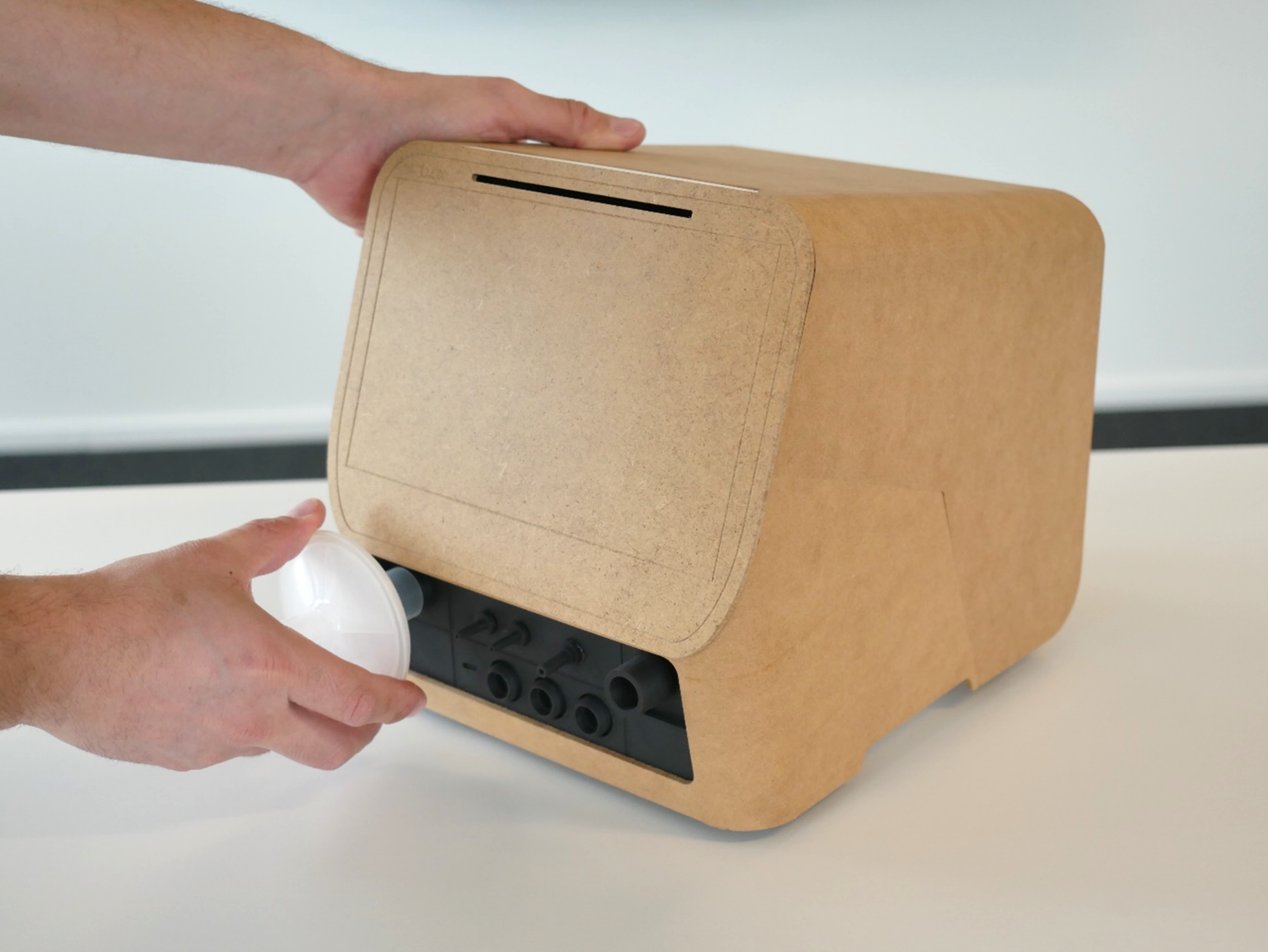
3. Integration of interdisciplinary teams
UX design in medical technology requires collaboration between designers, engineers, regulatory experts and end users. A multidisciplinary approach ensures that all requirements are taken into account.
Conclusion
A well thought-out UX and high usability are not luxury features in medical technology, but decisive factors for safety and efficiency. Manufacturers who focus on user-centered development approaches at an early stage benefit from increased market acceptance, reduced training costs and lower risks. The combination of regulatory compliance, sound usability analysis and iterative optimization leads to successful medical technology products that optimally support both users and patients.
More Expert Blog articles
Discover IMT’s engineering expertise and innovative solutions in our Expert Blog. Gain valuable know-how from our experts and explore technology highlights.




